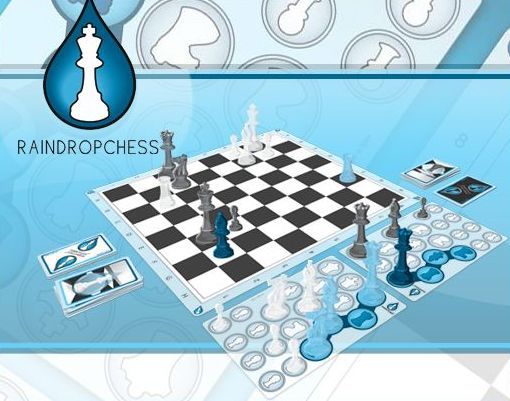For more than a hundred years, nothing threatened the leading role of the Spanish Opening among the open games. In the old Ruy Lopez, White always managed to develop long-term strategic pressure on the opponent. Such was Black's discomfort, that at the beginning of the 20th century, the Russian master Semyon Alapin even proposed rearranging the initial position so that the black pawn stood on a6 rather than a7, just to prevent the white bishop from coming to b5, and grandmaster Savielly Tartakower called the Spanish Game 'a cow that White can milk forever'!
But things are changing. In recent years, something incredible has happened: the brilliant Spanish has been edged out by an old Renaissance opening; the Italian! Almost the entire world, all the way from those competing in world championship matches and elite events right down to players in amateur competitions, began to place their light-squared bishop on c4 on the 3rd move. We should note that the romantic times of the Greco Attack and the Evans Gambit are gone forever. The modern treatment of the Italian Game is filled with the ideas gleaned from the Spanish. White prefers the modest pawn advance d2-d3 as opposed to the rapid d2-d4, after which they often send their queen's knight along the Spanish knight's tour b1-d2-f1-g3. It is no wonder that such an interpretation of the opening was dubbed the Italian/Spanish Game by the experts. In fact, in the notes of the Italian masters of the 17th century, the line of the Italian Game with d2-d3 was named the Giuoco Pianissimo, or the “quietest game”, which conveys its character with surprising accuracy.
The reason why the strongest modern chess players have adopted “the quietest game”, is quite banal. At the top level, it has become increasingly difficult to play ‘real’ chess - if combative opening lines are chosen as the field of theoretical discussion - as the importance of engine-assisted preparation is simply too high. So grandmasters have had to find pastures new! As Sergey Karjakin noted, ‘In our time, the theory of the Italian is only being developed, and everyone arranges the pieces as they want. Probably, this is one of those rare openings where you can still improvise from the very beginning with both colours, without much damage to the position.' For chess lovers, such a change in the opening views of the strongest players is a real success! A club player, having neither the time nor the ability to master the fashionable theoretical lines, has been previously forced to be content with choosing some solid opening systems, which are not very popular amongst the grandmasters. Yet now the situation has changed dramatically. To utilize the Giuoco Pianissimo successfully, a club player needs only to master the general ideas of this setup, without overloading their brain with hundreds of variations. At the same time, they find themselves in the pleasant company of the world's elite, and may even pick up recommendations to improve their opening from top grandmasters. Of course, such interactions will bring an amateur some concrete benefits in the opening, but more importantly it will increase their understanding of the game as a whole, because they will start to learn from the games of high-level players, with a vested interest! The Giuoco Pianissimo has already been examined in an excellent book by K. Müller and G. Souleidis, Winning with the Slow Italian (2016), aimed at the club player. However, in our opinion, the book contains too much concrete information in the form of variations and subvariations, which somewhat erodes the whole idea of the opening in question.
Therefore, in this book we will first reveal the main strategic ideas and typical plans of the modern Giuoco Pianissimo, and only then will the reader be offered a review of the modern theory of the Italian Game, centered around practical examples from grandmaster games.
In the Giuoco Pianissimo, a wide variety of move orders is employed, which often transpose into the same positions, making it difficult to clearly clarify any set theory from the very start. In this regard, the classification of heoretical material has been done on the basis of key opening/middlegame positions, rather than on the individual moves taken to get there. Such a presentation of theoretical lines should also help the reader to develop a better understanding of the opening. All non-contact opening systems with a flexible pawn structure, such as the English Opening, the King's Indian Defense, and the Spanish Game, have an amazing ability to convey their ideas to other openings, even with reversed colors, due to the fact that, very often, similar pawn structures can arise. The Giuoco Pianissimo, or the Italian/Spanish Game, is no exception. In order to make the readers' opening weapon more universal, we have even included a chapter on the use of Italian/Spanish ideas in other open games in the book.
We hope, dear readers, that this book will help you to create an effective opening repertoire, to improve your understanding of chess strategy, and to bring you hours of enjoyment, spent on examining the instructive games of modern grandmasters and the greats of the past. We would also like to thank Thinkers Publishing, probably the most dynamic and comprehensive publishing house these days when it comes to opening theory, for their interest in the book.
Alexander Kalinin
Nikolai Kalinichenko
 Excerpt
Excerpt


